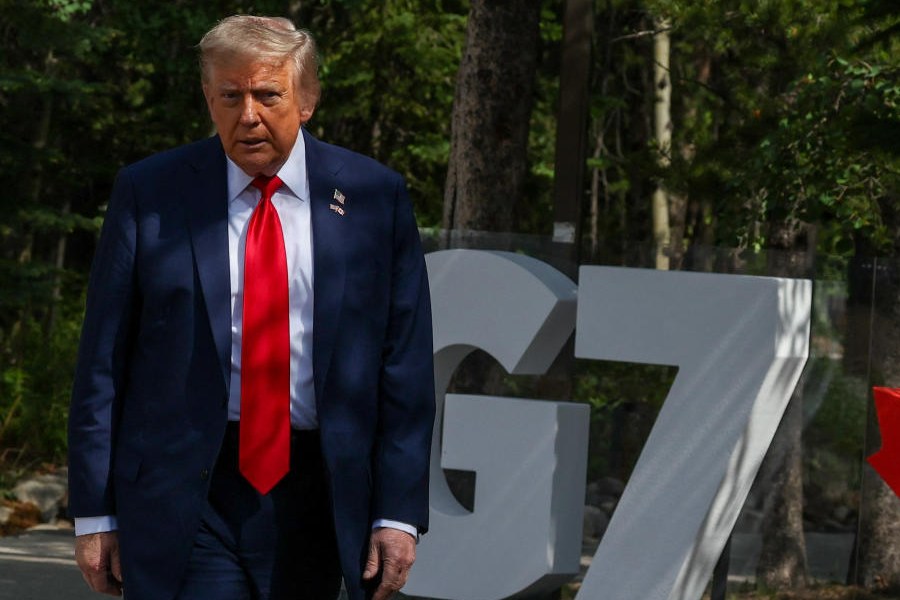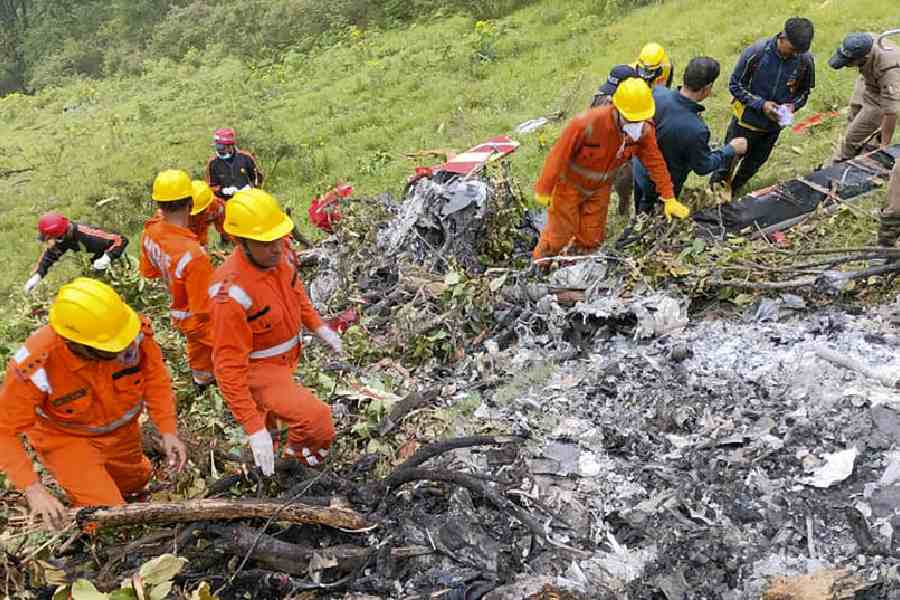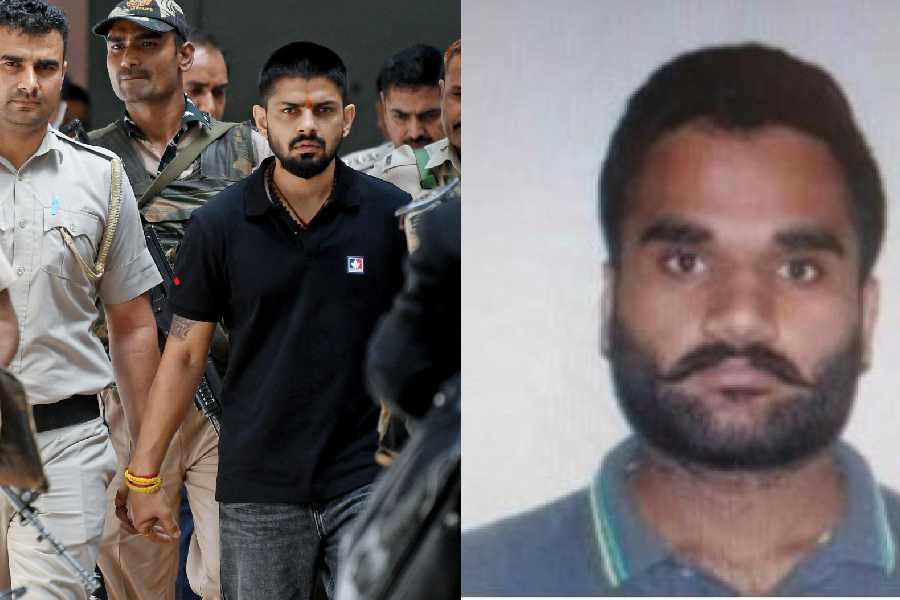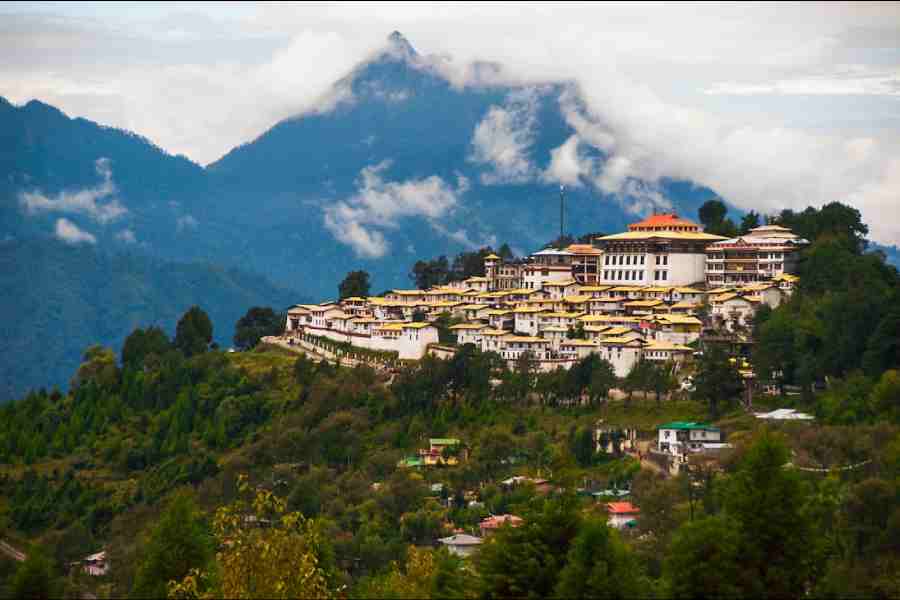 |
Mumbai, Dec. 28: The retirement of Ratan Tata from the helm of the Tata group was a low-key affair today.
There was no formal handing over ceremony at the iconic Bombay House — as Ratan Tata spent his 75th birthday at Tata Motors’ plant in Pune, where the workers gave him a fond farewell, Mistry reached the Tata headquarters.
“It was a normal working day for all of us,” said an official of the group.
Simplicity was one of Ratan Tata’s key qualities even as he made news for various acquisitions and expansions that saw the group setting up operations in 80 countries, with 58 per cent of its turnover coming from outside India.
Harsh Goenka, chairman of RPG Enterprises, recounts, “I was invited by Ratan Tata for lunch and he asked me where I would like to go. I suggested Taj Chambers. Much to my surprise he said Belvedere at The Oberoi. There was no hint of pride and I was completely bowled over by his simplicity. Despite the difference in our stature, he made me feel at ease. Such is the greatness of the man that he is.”
Venugopal Dhoot, managing director of Videocon Industries, recollected the time when his group company gave tough competition to Tata entity Nelco by making products 20 per cent cheaper. Tata had called up Dhoot to ask how this was achieved. “He praised me and studied my model,” Dhoot said.
Tata, who was appointed chairman of Tata Sons in 1991, is widely credited for changing the architecture of the group after taking over from J.R.D. Tata. When Tata took charge, he had to face powerful satraps such as Russi Mody, Darbari Seth, Nani Palkhivala and Ajit Kerkar who were not only highly successful but were also in the reckoning for the coveted post of the chairman.
Observers said Tata succeeded in bringing about a group vision from individual fiefdoms and consolidated the control of holding company Tata Sons over the group companies. He then gave importance to the Tata brand and created a royalty system for the use of the Tata name.
“In his first phase, he took on the powerful satraps who were running the group as personal fiefdoms. He then worked on integrating the group into a cohesive empire and augmenting the Tata shareholding in each of the companies. In his next phase, he truly came on his own and grew the business by leaps and bounds,” Goenka said.










